3- Panel 2
Geography and Tourism
D. Edgington: Ten Years After the Great Japan Earthquake: Spatial Patterns of Recovery in Iwate, Miyagi and Fukushima Prefectures
2021 marks the 10th Anniversary of the Great East Japan Earthquake, tsunami and nuclear power plant accident. How has the reconstruction of the stricken region of Pacific Tohoku progressed? Are there clear spatial patterns to the recovery? Which prefectures and towns recovered quickest, and which have lagged? Using census data, together with statistics from national and local governments, this paper evaluates the 10-year reconstruction for the three prefectures most impacted by the disaster (Iwate, Miyagi and Fukushima), in terms of changes in population, infrastructure replacement, new housing for survivors, recovery of local fishing and tourism, along with social indicators such as unemployment. The results are then evaluated by examining existing theories of disaster recovery in order to more fully understand the Japanese experience in the past 10 years.
A. Hashimoto, D. Telfer, K. Telfer: Eurocentric Theme Parks in Japan: The Gap Between Developers and Tourists’ Perspectives
During the Bubble Economy era, many cultural theme parks were constructed in rural Japan for economic rejuvenation. These cultural theme parks or gaikoku mura (foreign villages) embrace foreign cultures and landscapes rather than thrill rides and roller coasters. While many such cultural theme parks have closed, this presentation will compare the Euro-centric theme parks of Huis ten Bosch in Nagasaki and Yufuin Floral Village in Oita. Huis ten Bosch opened in 1992 and is a large-scale cultural theme park based on Nagasaki’s historical connection to the Netherlands. Based on recreated Dutch cities and landscapes, it offers hotels, restaurants, shops, attractions and seasonal flower shows. While a recent ownership change has rebranded it as a technology-oriented theme park, the Dutch influence remains. Yufuin, known as a hot spring resort for Japanese tourists offers seasonal gourmet food, and a relaxing landscape. The much smaller Yufuin Floral Village built in 2012 is modeled after a village in The Cotswolds in the UK. The buildings consist mostly of souvenir shops, featuring British literature/media (e.g., Peter Rabbit, Harry Potter, Shaun the Sheep), The Moomins (Finnish literature) as well as anime characters from Studio Ghibli (Japanese). Field visits to both locations have taken place, however the focus of the research is a content analyses of comments written by Japanese visitors on TripAdvisor to investigate how Japanese tourists view these Eurocentric cultural theme parks as tourist attractions. Preliminary research indicates failed place branding of Yufuin and has influenced Japanese tourist’s views on the value of these ‘exotic’ attractions.
N. Fox: A Queer Geography of the Olympics from Vancouver 2010 to Tokyo 2020
During the Vancouver 2010 Olympics the first ever Pride House was established to host lesbian, gay, bisexual and transgender (LGBT) athletes, coaches, volunteers, and visitors attending the games. Modeled after a traditional Olympic hospitality house, the Pride House project has since continued to proliferate, and a total of 18 Pride Houses have been established in conjunction with mega sporting events in 12 countries, including at the London Olympics in 2012, and in Shinjuku for Tokyo 2020. This year’s Olympics have coincided with what has been called a watershed moment for LGBT rights in Japan, but what have the long term social outcomes of hosting the games been on host country LGBT rights movements? This paper traces the geography of LGBT rights discourses at the Olympics by exploring some impacts of “hosting the world” in other cities, and what we might expect from Tokyo 2020’s legacy.
A. Danyluk:
The theories and ideas of social capital have been incorporated in various disciplines, but few studies have explored social capital’s role in disaster recovery. This paper seeks to understand how varying forms of social capital are influential in disaster recovery, specifically its function during the post-disaster recovery of the 2011 Great East Japan Earthquake (GEJE) and tsunami. By studying the recovery after such a devastating event, other countries can learn and adapt from the strengths and weaknesses of Japanese response and recovery practices. Because the theories of social capital are applicable to a variety of hazards and academic disciplines, a wide range of literature from other fields was used in this project. Several texts on disaster management education were also referred to in the context of the GEJE. The results concluded that linking, cognitive, bonding, and bridging social capital at the community level was vital to post-earthquake and tsunami recovery in Japanese cities, particularly in Iwate, Miyagi, and Fukushima prefectures. Japanese engagement in social networks and mutual trust increased individual participation and mobility. Additionally, structural social capital (existing social networks and societal structures) and cognitive social capital (mutual trust, norms, and behavior) contributed to community resilience and regrowth in differing ways, but when they were both combined, recovery efficiency increased. To be better prepared for future disasters a more thorough analysis of the impacts of social capital should be considered. In conclusion, creating stronger social frameworks for communities would prove useful to both Japanese and international governments
